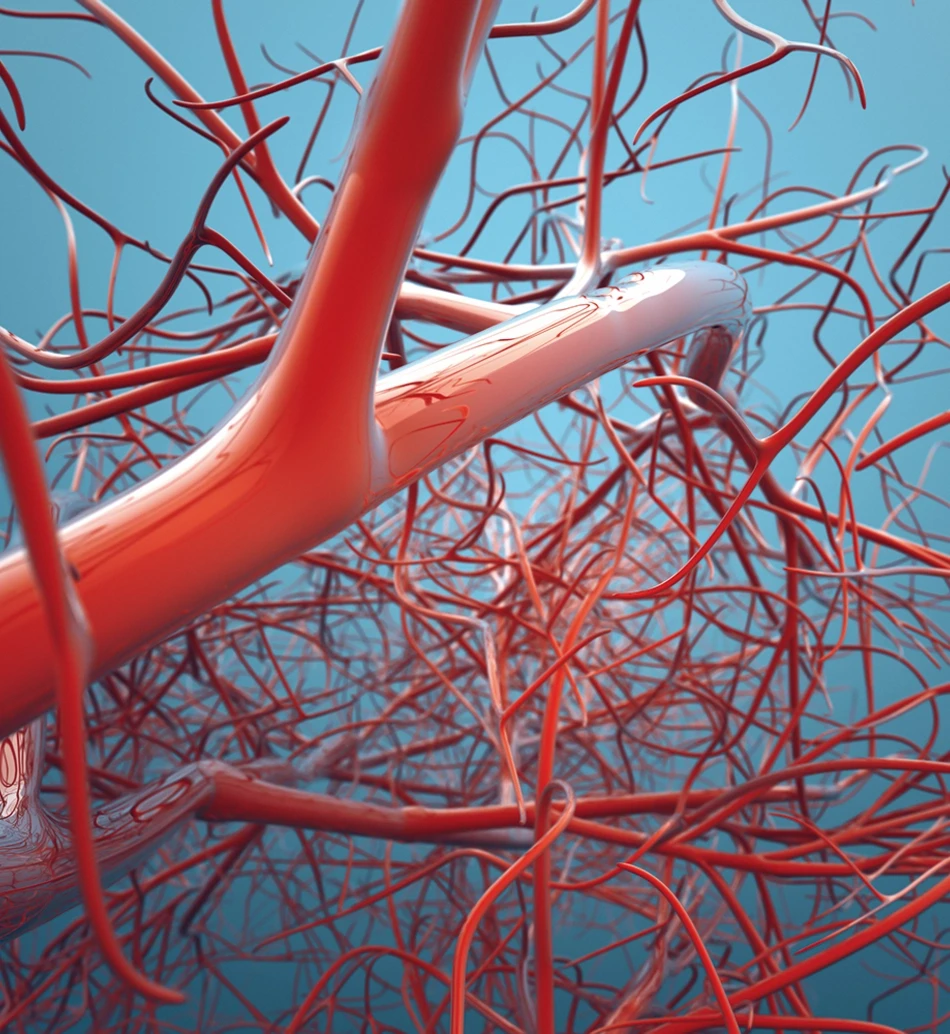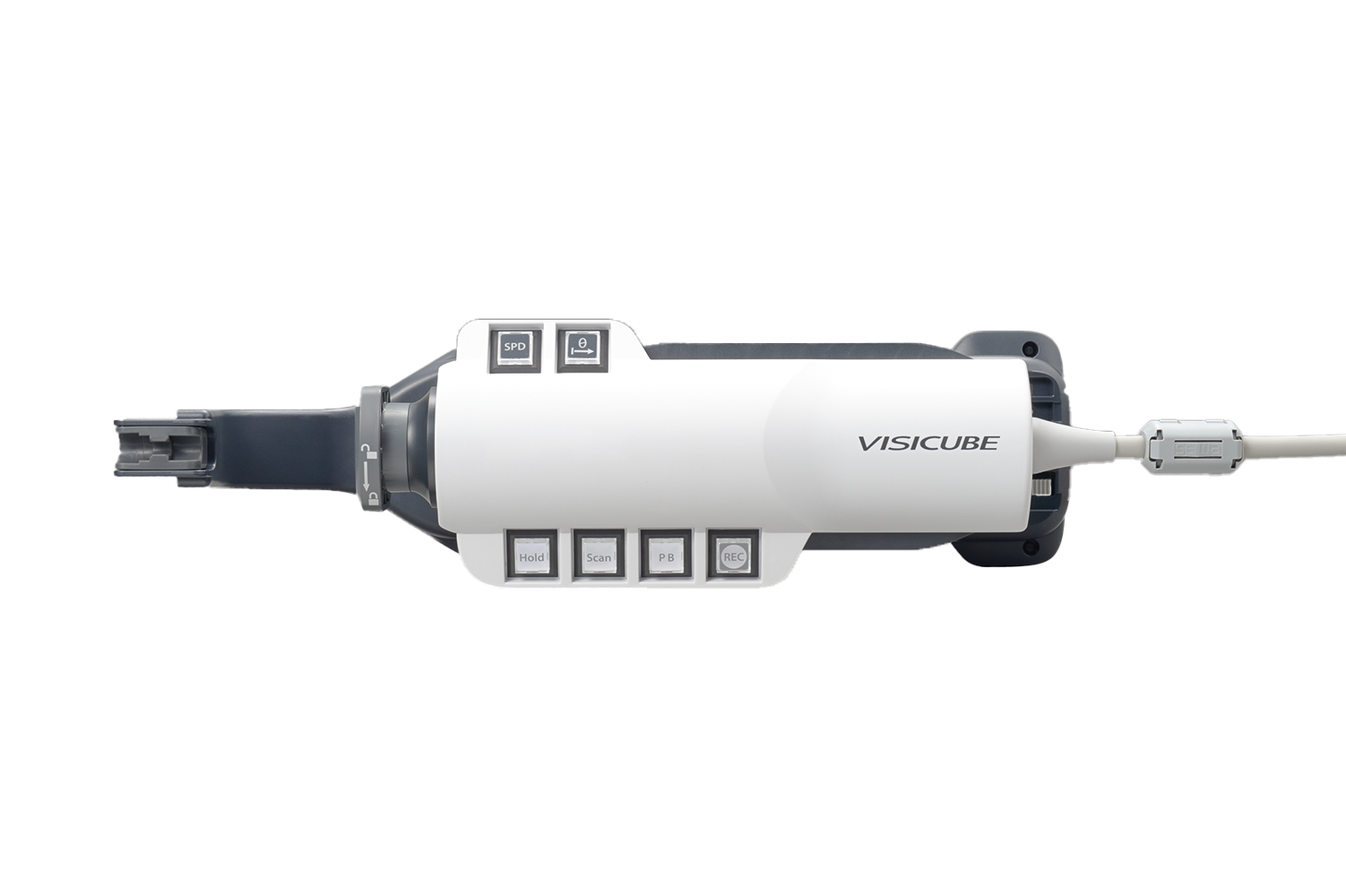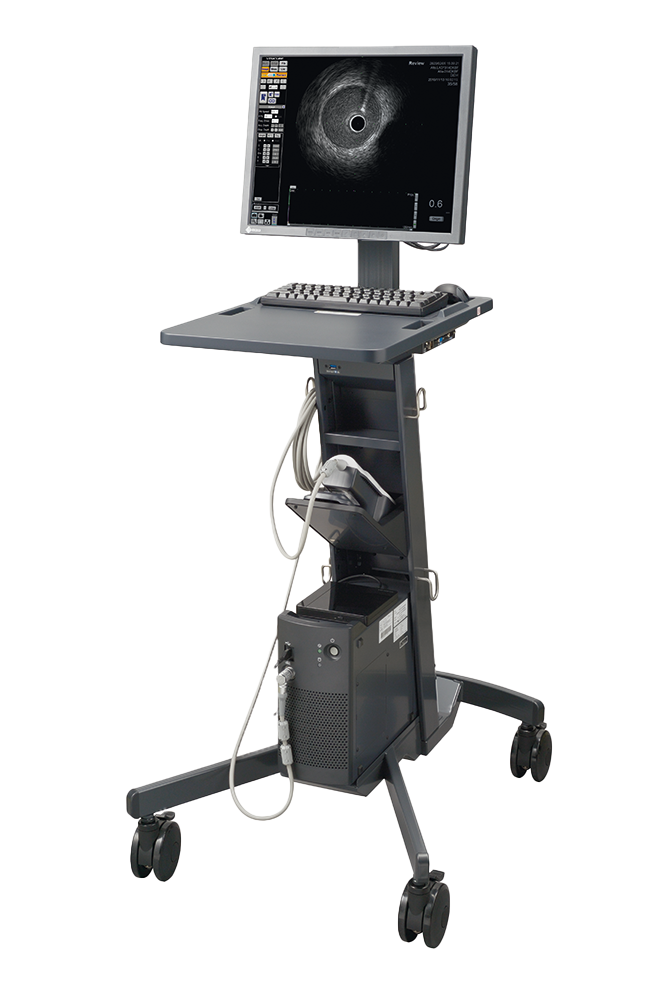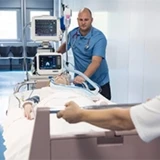Ultrasound exploration

For over 70 years, the company UJRC has been exploring and pushing ultrasound technology to its limits.
A journey that started in the heart of Japan and has taken UJRC to the inner recesses of the human body.
Ueda, located in Japan’s Nagano province, is the city UJRC calls home, enjoying a mild climate, divided into two parts by the country’s longest and largest river. It was here that Japan Radio Co opened a factory in 1942. It specialised in ultrasound technology and became a separate company 7 years later, adopting the name of its town. Hence Ueda Japan Radio Co (UJRC) was born.
The company, that has celebrated its 70th anniversary, now employs 600 people. Its steadily increasing sales should reach 15.3 billion yen in 2020. Within the large JRC group dedicated to communication technologies (5700 employees), Ueda Japan Radio has remained focused on its historic know-how. It creates and manufactures high-value-added technologies for various applications using ultrasounds: industries, radio communications & medical. It also offers solutions for submarine applications, a historic activity, as sonar systems were developed in the early twentieth century for detecting submarines !
Medicine has become by far the most important sector for UJRC (its Medical Business Unit has generated a turnover of almost 8 billion yen in 2019). Its ultrasound and other medical solutions are commercialised in Japan as well as on an international level. These solutions enable us to explore the human body in its smallest recesses: the insides of blood vessels, the digestive system, internal organs, muscles, tendons, bone density and last, but not least, foetuses.
The greatest asset of the Japanese company is its cross control of ultrasound technologies. Everything is designed and manufactured in Ueda. From piezoelectric materials to image processing units, transducers and sensors (emitters and receptors of ultrasonic signals).
UJRC produces and customises components that medical equipment manufacturers integrate into their solutions. It can also develop complete technologies, such as automated blood dispensers and X-ray equipment.
VISICUBE, launched in 2016, is one of the complete solutions made by Ueda Japan Radio Co. This intravascular ultrasound system is a concentration of all the know-how of the company, marking a new step in its quest for technologies that are more and more miniaturised, reliable and powerful. Moreover, VISICUBE incarnates Japan’s legendary attention to aesthetics : it received the Good Design Award in 2017.
What is VISICUBE used for ? For visualising diseased blood vessels from inside the arteries. Placed in the catheter, the ultrasound sensor emits sound waves which are reflected by the blood vessel walls. Since the intensity of the return signal depends on the tissue type, the algorithms of the electronic system are capable of transforming the data into images. Doctors can thus examine with precision the size of blood vessels, the lumen, the plaque surface and volume causing the occlusion (blockage) or stenosis (narrowing) of blood vessels.
Apart from the catheter, all components of VISICUBE are designed and manufactured by Ueda Japan Radio.

Guided by its 70 years’ expertise in ultrasound technology, the company has managed to further optimise high frequency. It has also improved the fluidity and quality of images for high speed pullback of catheters. Hence, VISICUBE delivers particularly clear and detailed high definition live images.
UJRC has even managed to neutralise the effects of an inevitable disruptive force that keeps blurring intravascular ultrasounds: the human heart and its powerful beats.



